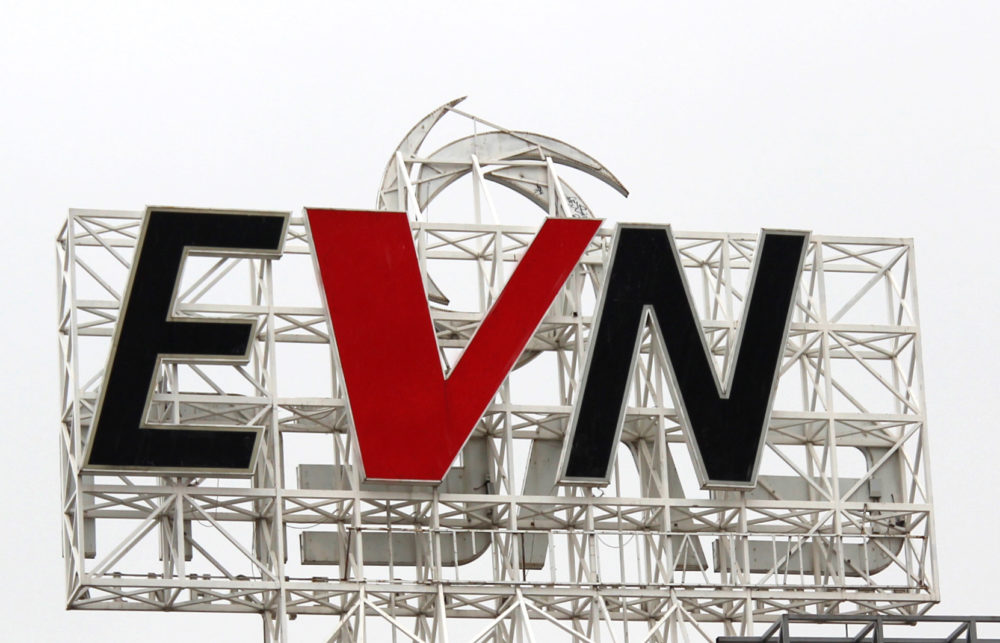Written by: Lorik Idrizi
In this sense, development—beyond being sustainable and innovative—must preserve the cultural substance of a place and, on this foundation, foster progress. Promises of rapid transformations that distort a city risk damaging its identity and the connection people have with the space they inhabit.
During a study visit to ALDA – Association for Local Democracy, Europe’s most recognized organization for local self-governance policies, we met Ana, the person responsible for creating synergies between different cities and municipalities. A particularly interesting case she shared was that of a city in Tunisia, which had requested to model itself after the municipality of Strasbourg. Thanks to the networks and connections ALDA has built over the years, this city had the opportunity to benefit from direct expertise and cooperation with Strasbourg.
However, on the other hand, during surveys and consultations, the citizens of that Tunisian city showed no real interest in such a transformation. This contrast clearly demonstrates that local development cannot simply be imported as a model—it must be built upon the city’s cultural, social, and historical context.
We see similar examples in the Balkans, where, often before elections, “AI-style” visions are presented—detached from the reality and cultural authenticity of our cities. Therefore, any development vision must be natural, rooted in the culture and needs of the citizens, while innovative elements should certainly be incorporated—but always in alignment with local identity, so that they do not remain artificial or out of context.
Any creation outside of this context risks producing “ghost cities” or paper towns—places without soul, without story. A settlement that is not built upon a cultural and social identity, but only for pragmatic reasons, cannot create lasting connections with its citizens. We have seen such examples in the United States, where artificial cities were constructed, and also in former communist countries, where new towns arose next to factories or industrial complexes, often without substance and without a real history.
In this sense, development—beyond being sustainable and innovative—must preserve the cultural substance of a place and, on this foundation, foster progress. Promises of rapid transformations that distort a city risk damaging its identity and the connection people have with the space they inhabit.



